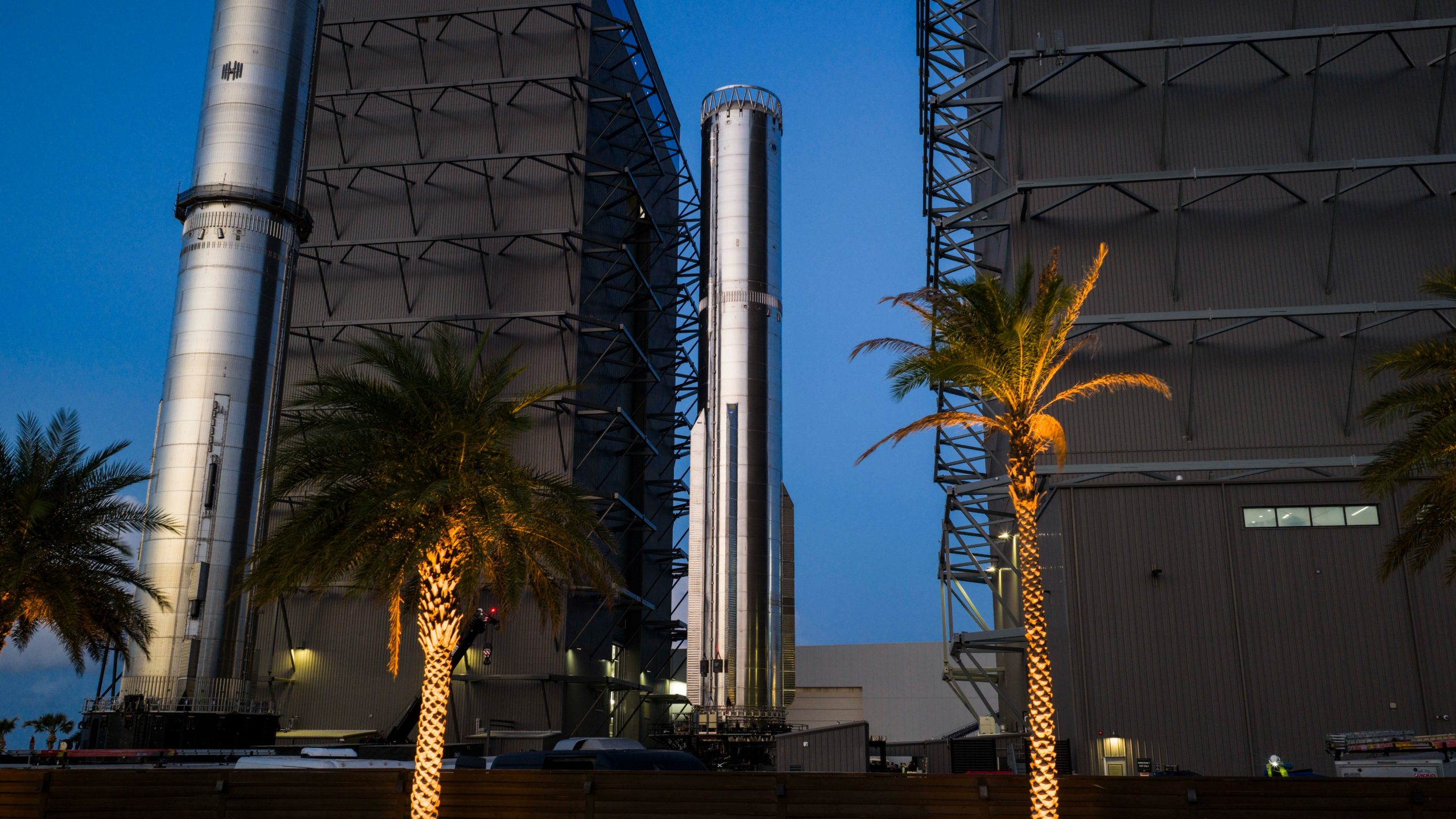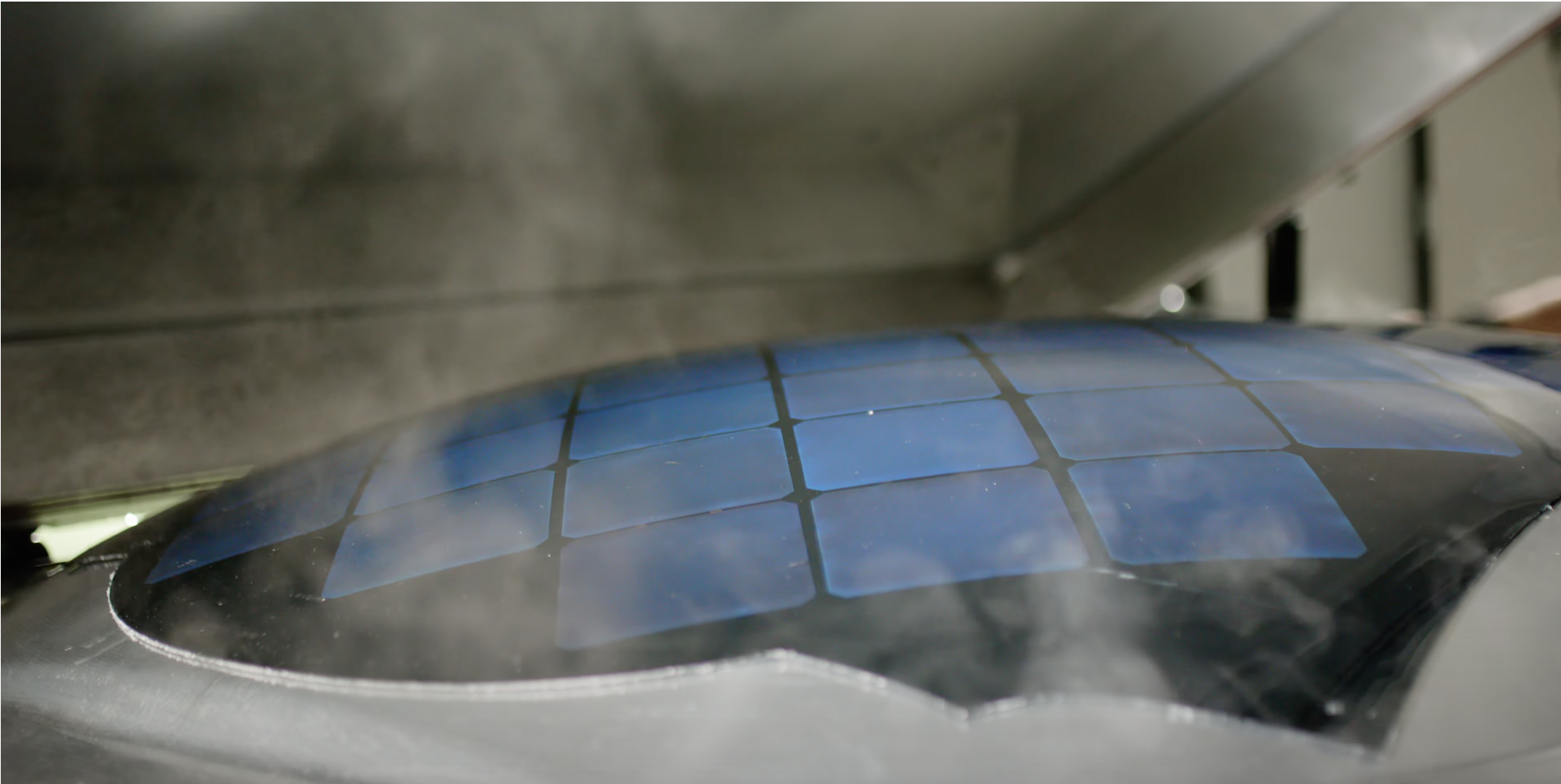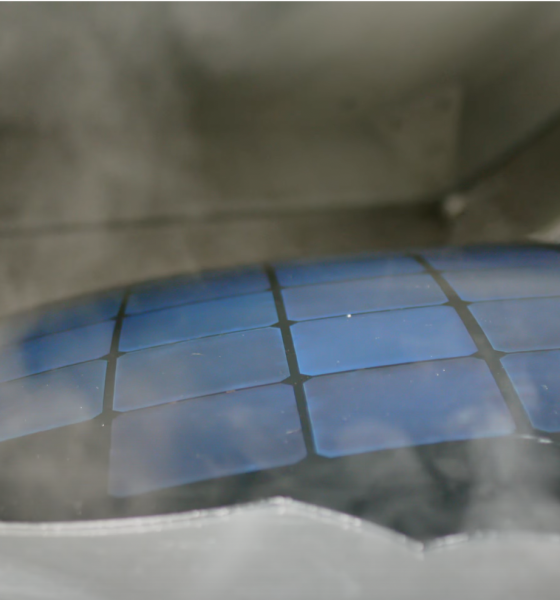Update: 3:46 PM EST 12/19: Quote from Aptera added to para. 6
Due to recent economic turbulence, the future of solar EVs is being called into question.
This morning, Sono Motors reservation holders were hit with a shocking notification; the company is on the verge of abandoning its solar electric vehicle project due to a lack of funds. A few weeks prior, solar EV brand Aptera announced that they would be making yet another prototype variation and pushing back its production start date. And while Lightyear Motors has begun producing its Lightyear 0 solar EVs, it is far from the scale many hoped for. So is this the end of solar EVs? It’s not immediately clear.
Starting with the announcement from Sono Motors this morning, the message was grim. Despite securing over 20,000 orders, they couldn’t secure the necessary investment to continue the development of their upcoming vehicle. However, this is not the end. At the very least, Sono will continue to produce solar panel technology as they already have been, but they also have another route. Sono is throwing a hail mary play and asking reservation holders to either increase their investment into the company, increase their downpayment, or even share the #savescion tag.
Looking to Aptera, many were optimistic earlier this year when the company showed off the Gamma prototype, a vehicle that at the time was supposedly production ready. Optimism was built further when Teslarati interviewed Aptera CEO Chris Anthony, where the CEO claimed that production would start in early 2023. Now it appears those plans may have changed.
Not only will Aptera be developing another prototype vehicle, the Aptera Delta, but production has become funding-dependent. And even with the funding, the company will be nine months away from beginning any delivery, according to a recent Aptera webinar.
Aptera Motors sent this comment in response to an inquiry from Teslarati:
Our development plan consists of four phases: Alpha, Beta, Gamma, and Delta. We have efficiently completed the first three phases and are currently in Delta, the final phase of Aptera’s path to production, which includes: the completion of our production-intent design, systems integration & Delta builds, crash testing and production validation, and lastly, the start of production. Once we meet our funding objectives, we will be able to provide a more accurate delivery timeline. In the meantime, we thank our reservation holders for their patience and continued support.
Finally, the glimmer of hope for solar EVs, Lightyear Motors has begun production of its solar EV in Finland. However, the company has been criticized for its small production volume and morose production timeline, only planning to produce 150 units. The company has defended the move as it plans for the vehicle to demonstrate technology ahead of a mass market option.
What is being seen in the solar electric vehicle space is colloquially called “production hell.” As countless EV startups have come to market over the past few years, there is a reason that essentially only Tesla, Lucid, and Rivian have actually made it to market; production is harrowing, and funding might be even more challenging.
Overall, the sad reality is that these EV startups are going through the gauntlet, and simply due to the challenge of introducing a new vehicle to the market, they are suffering for it. And while many consumers, engineers, and company CEOs have pointed out the benefits of solar EVs, that doesn’t necessarily mean they will make it to the market. Here’s to hoping that each of these manufacturers can work their way out of the woods and bring these remarkable technologies to the market.
What do you think of the article? Do you have any comments, questions, or concerns? Shoot me an email at william@teslarati.com. You can also reach me on Twitter @WilliamWritin. If you have news tips, email us at tips@teslarati.com!

Elon Musk
SpaceX issues statement on Starship V3 Booster 18 anomaly
The incident unfolded during gas-system pressure testing at the company’s Massey facility in Starbase, Texas.

SpaceX has issued an initial statement about Starship Booster 18’s anomaly early Friday. The incident unfolded during gas-system pressure testing at the company’s Massey facility in Starbase, Texas.
SpaceX’s initial comment
As per SpaceX in a post on its official account on social media platform X, Booster 18 was undergoing gas system pressure tests when the anomaly happened. Despite the nature of the incident, the company emphasized that no propellant was loaded, no engines were installed, and personnel were kept at a safe distance from the booster, resulting in zero injuries.
“Booster 18 suffered an anomaly during gas system pressure testing that we were conducting in advance of structural proof testing. No propellant was on the vehicle, and engines were not yet installed. The teams need time to investigate before we are confident of the cause. No one was injured as we maintain a safe distance for personnel during this type of testing. The site remains clear and we are working plans to safely reenter the site,” SpaceX wrote in its post on X.
Incident and aftermath
Livestream footage from LabPadre showed Booster 18’s lower half crumpling around the liquid oxygen tank area at approximately 4:04 a.m. CT. Subsequent images posted by on-site observers revealed extensive deformation across the booster’s lower structure. Needless to say, spaceflight observers have noted that Booster 18 would likely be a complete loss due to its anomaly.
Booster 18 had rolled out only a day earlier and was one of the first vehicles in the Starship V3 program. The V3 series incorporates structural reinforcements and reliability upgrades intended to prepare Starship for rapid-reuse testing and eventual tower-catch operations. Elon Musk has been optimistic about Starship V3, previously noting on X that the spacecraft might be able to complete initial missions to Mars.
Investor's Corner
Tesla analyst maintains $500 PT, says FSD drives better than humans now
The team also met with Tesla leaders for more than an hour to discuss autonomy, chip development, and upcoming deployment plans.

Tesla (NASDAQ:TSLA) received fresh support from Piper Sandler this week after analysts toured the Fremont Factory and tested the company’s latest Full Self-Driving software. The firm reaffirmed its $500 price target, stating that FSD V14 delivered a notably smooth robotaxi demonstration and may already perform at levels comparable to, if not better than, average human drivers.
The team also met with Tesla leaders for more than an hour to discuss autonomy, chip development, and upcoming deployment plans.
Analysts highlight autonomy progress
During more than 75 minutes of focused discussions, analysts reportedly focused on FSD v14’s updates. Piper Sandler’s team pointed to meaningful strides in perception, object handling, and overall ride smoothness during the robotaxi demo.
The visit also included discussions on updates to Tesla’s in-house chip initiatives, its Optimus program, and the growth of the company’s battery storage business. Analysts noted that Tesla continues refining cost structures and capital expenditure expectations, which are key elements in future margin recovery, as noted in a Yahoo Finance report.
Analyst Alexander Potter noted that “we think FSD is a truly impressive product that is (probably) already better at driving than the average American.” This conclusion was strengthened by what he described as a “flawless robotaxi ride to the hotel.”
Street targets diverge on TSLA
While Piper Sandler stands by its $500 target, it is not the highest estimate on the Street. Wedbush, for one, has a $600 per share price target for TSLA stock.
Other institutions have also weighed in on TSLA stock as of late. HSBC reiterated a Reduce rating with a $131 target, citing a gap between earnings fundamentals and the company’s market value. By contrast, TD Cowen maintained a Buy rating and a $509 target, pointing to strong autonomous driving demonstrations in Austin and the pace of software-driven improvements.
Stifel analysts also lifted their price target for Tesla to $508 per share over the company’s ongoing robotaxi and FSD programs.
Elon Musk
SpaceX Starship Version 3 booster crumples in early testing
Photos of the incident’s aftermath suggest that Booster 18 will likely be retired.

SpaceX’s new Starship first-stage booster, Booster 18, suffered major damage early Friday during its first round of testing in Starbase, Texas, just one day after rolling out of the factory.
Based on videos of the incident, the lower section of the rocket booster appeared to crumple during a pressurization test. Photos of the incident’s aftermath suggest that Booster 18 will likely be retired.
Booster test failure
SpaceX began structural and propellant-system verification tests on Booster 18 Thursday night at the Massey’s Test Site, only a few miles from Starbase’s production facilities, as noted in an Ars Technica report. At 4:04 a.m. CT on Friday, a livestream from LabPadre Space captured the booster’s lower half experiencing a sudden destructive event around its liquid oxygen tank section. Post-incident images, shared on X by @StarshipGazer, showed notable deformation in the booster’s lower structure.
Neither SpaceX nor Elon Musk had commented as of Friday morning, but the vehicle’s condition suggests it is likely a complete loss. This is quite unfortunate, as Booster 18 is already part of the Starship V3 program, which includes design fixes and upgrades intended to improve reliability. While SpaceX maintains a rather rapid Starship production line in Starbase, Booster 18 was generally expected to validate the improvements implemented in the V3 program.
Tight deadlines
SpaceX needs Starship boosters and upper stages to begin demonstrating rapid reuse, tower catches, and early operational Starlink missions over the next two years. More critically, NASA’s Artemis program depends on an on-orbit refueling test in the second half of 2026, a requirement for the vehicle’s expected crewed lunar landing around 2028.
While SpaceX is known for diagnosing failures quickly and returning to testing at unmatched speed, losing the newest-generation booster at the very start of its campaign highlights the immense challenge involved in scaling Starship into a reliable, high-cadence launch system. SpaceX, however, is known for getting things done quickly, so it would not be a surprise if the company manages to figure out what happened to Booster 18 in the near future.










